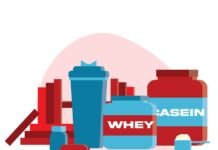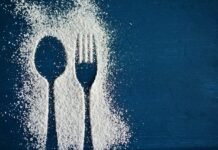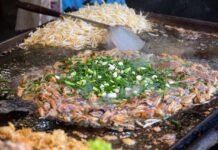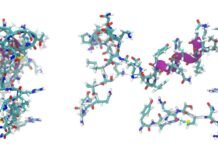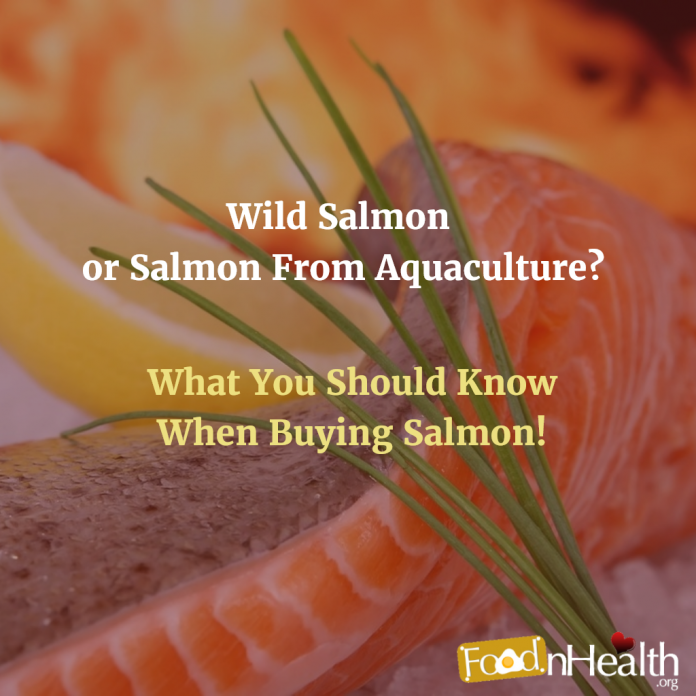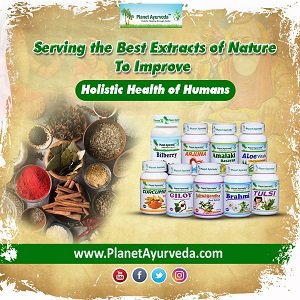Sure, everybody wants to eat healthy, and some even like preparing healthy meals for their loved ones. But the choice has not always between burgers and steaks, or even between fish or chicken, now you have to choose between two good choices, and which one is better?! Should it be wild salmon, or one bred in captivity? Should you fish the wild salmon yourself by spearing, or simply buy it? The lists of questions are endless, but let’s try and sum it up.
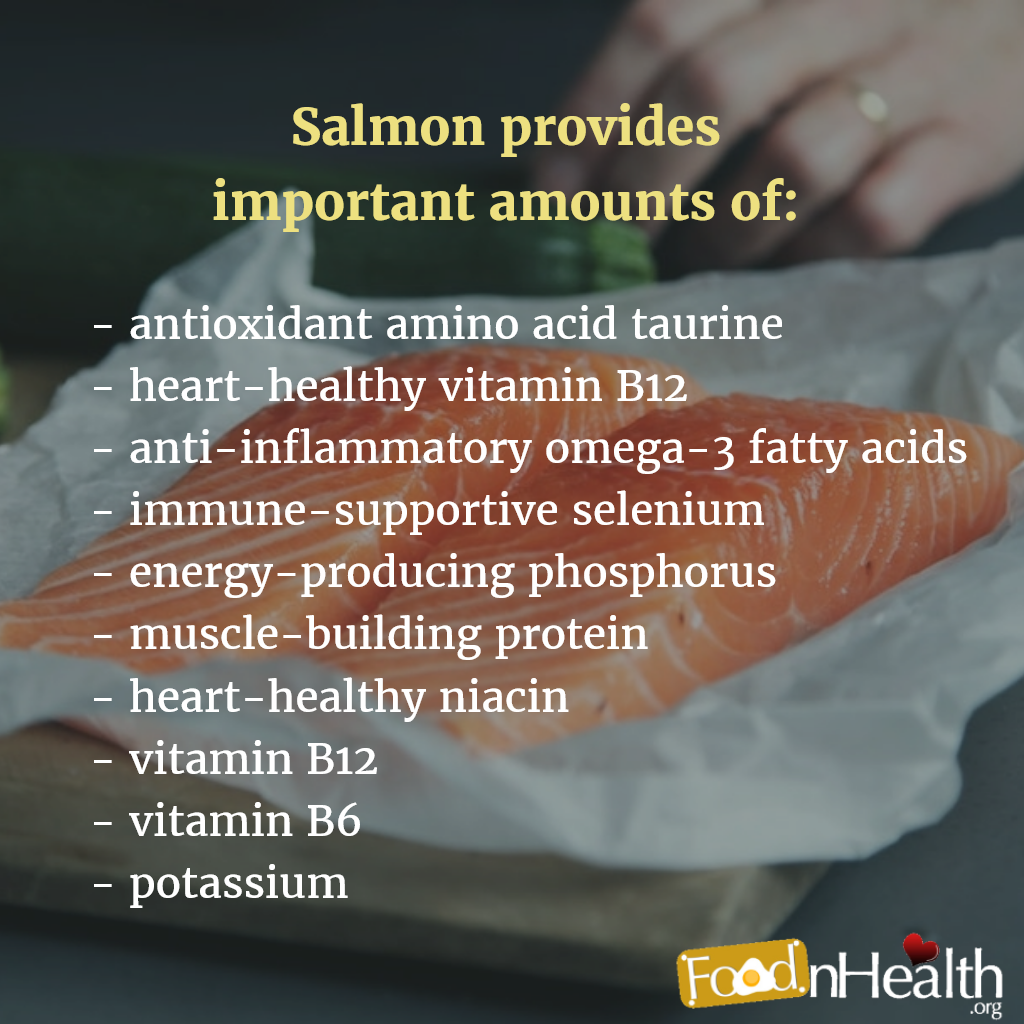
Jokes aside, we put way too much effort in choosing between two good ones, but fact is we rarely consume fish, at least according to sale statistics, and even rarer, we eat salmon, so whatever choice you make, you are making a good one. For the pickiest ones, let’s confront the wild and farmed salmon, and see the differences, because really, there are differences!
But first thing first, what is wild and what is salmon from aquaculture, or farmed salmon. As the name suggests, wild salmon is caught in nature, on open sea, ocean and lakes, while the farmed salmon comes from fish farms, caged spaces designed to hold them there captive. The difference between the two is the wild one swims freely, making the famous migration to the mating place, and eats its natural diet in its natural environment. The farmed salmon eats what farmers give them, spend their life in confined space, they don’t jump, they don’t swim upstream, but the focus is on “they eat what the farmers give them”! Farmed salmon has a diet rich in fat, because larger fish means bigger profit, and so farmers use cheap oil to feed their stock of fish so they would grow larger. However, you have to know, this is a bit blown off proportion.
The nutritional differences between wild and farmed salmon are quite significant. Expected, farmed salmon has much more fat, and good fat too, it is more potent in Omega-3s fatty acids, but also has more Omega-6 fatty acid than the wild one. The important thing here is the ratio between these fatty acids, and the rule the bigger the ratio, the better. The farmed salmon has Omega-6 to Omega-3s ratio of 1:3, which is still great, while the wild salmon has ratio of 1:10, which is better. However, both ratios are great for you, because you need both of these essential fatty acids, and as long as the ration stays this way, it is safe to consume any salmon! Another nutrition fact is that farmed salmon has 3 times the amount of saturated fat, containing 46% more calories than the wild salmon, but also has a small amount of Vitamin C, probably added in their feed. Conversely, the wild salmon has higher amounts of minerals, like potassium, zinc and iron, as a result of natural diet.
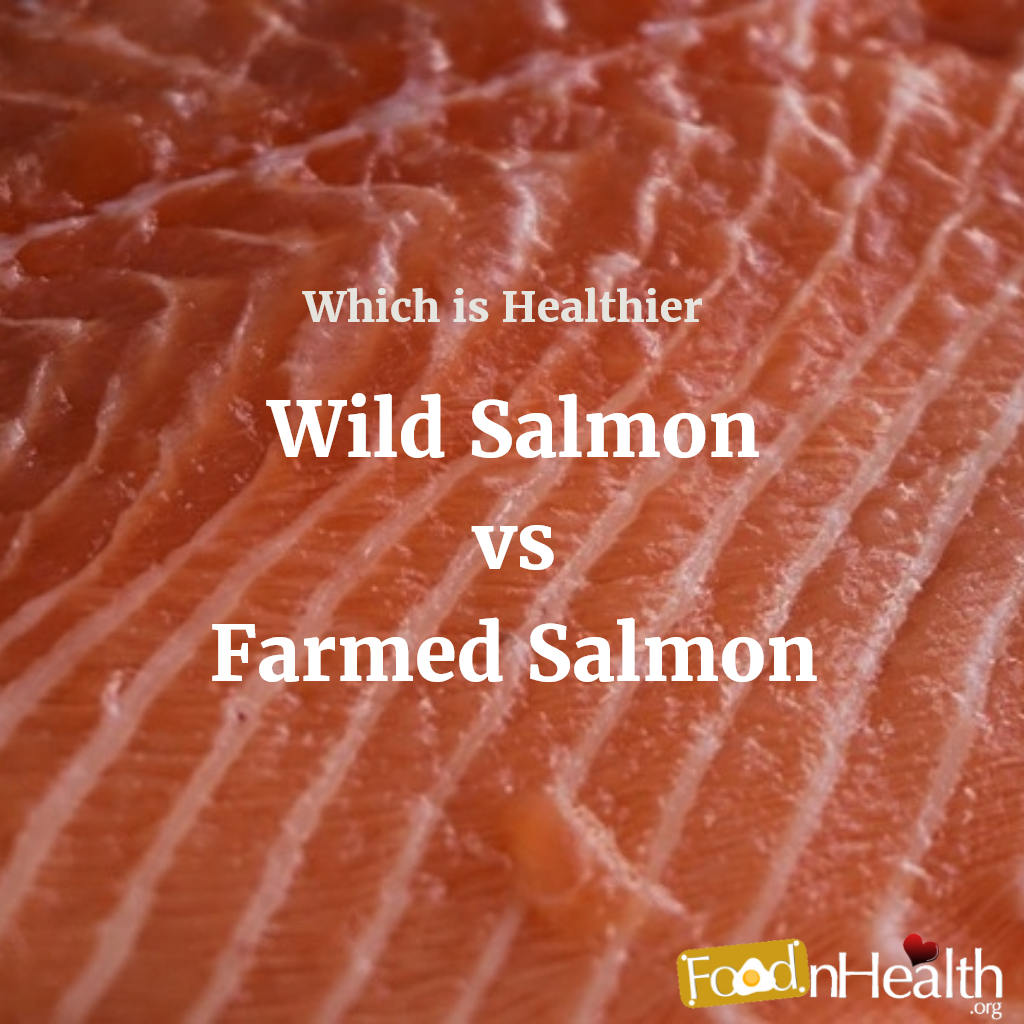
One of the biggest differences between the two kinds is the color, and you can spot the difference in your nearest market. The wild salmon has a strong red bloody color, with no white lines, while the farmed salmon has a yellowish pale color with thick white lines, which is the fat. The difference in color comes from a powerful content called astaxanthin, a molecule found in algae, plankton and krill, diet of the wild salmon. This red molecule is not found in farmed salmon, and astaxanthin has many health benefits, like anti-inflammatory, improves blood flow, and it strengthens the mitochondria cell membrane, which keeps damaging oxygen species out. The farmed salmon may contain this compound, but it is artificially added and it comes from petrochemicals such as coal, and doesn’t offer the benefits of the natural astaxanthin.
As mentioned, the different diet is the biggest factor in the differences between wild salmon and aqua cultured salmon. Farmed salmon is fed with fish meal and fish oil, which can be rich in dioxin and mercury, way more than quantities found in wild salmon and luckily, strict control and inspection has forced the farmers in using other alternatives, such as soy and corn protein and vegetable oil. Since this is not their diet, salmons tend to get sick, so the farmers have to add antibiotics, which then can and will get to our table. Again however, these are small insignificant quantities, and should not pose a threat if you consume your salmon twice per week.
Another contaminant found in both salmons is PBC (polychlorinated biphenyls), a toxin which can be found in all oceans and seas, and it is simple, we put it there, by pollution! Farmed salmon contains more of this toxin than the wild salmon, but the good news is it removed by cooking your fish. Some studies have shown that the quantity of PBC depends of the coast distance where salmons live, the longer the distance, the lower PBC levels, which makes sense, since we live on the coast line, the closer, the more polluted!
One good thing about farmed salmon is it contains higher amount of folate and Vitamin A, while other levels of minerals and vitamin tend to be the same in both types.
Bottom line, both choices are very good for your health, and strongly recommended to add salmon to your diet once or twice per week. The differences between wild and farmed salmon are not as big as the price difference, and you are still getting the much needed omega fatty acids, and minerals and vitamins. Still, if you have salmon more than twice per week, you can add wild salmon every now and then. You get more Omega-3s fatty acids from farmed salmon, but you will probably get more PBC or other contaminants also. The wild salmon is also a finite source, so you have to think about the environment too.
And is it worth the money? Probably not for the average person, but because of the higher (as much as insignificant) contaminants level some experts still recommend wild salmon for pregnant women and children, spend some more money just to be safe.
References:
- http://www.doh.wa.gov/CommunityandEnvironment/Food/Fish/FarmedSalmon
- http://www.npr.org/sections/thesalt/2017/08/29/546803147/why-are-atlantic-salmon-being-farmed-in-the-northwest
- http://nautil.us/issue/30/identity/is-farmed-salmon-really-salmon
- http://www.healthline.com/nutrition/wild-vs-farmed-salmon#section8
- http://jn.nutrition.org/content/135/11/2639.full
- https://link.springer.com/article/10.1007%2Fs11745-005-1414-0
- http://www.sciencedirect.com/science/article/pii/S0753332206002435
- http://www.sciencedirect.com/science/article/pii/S0753332206002435
- http://www.farmedanddangerous.org/salmon-farming-problems/
- http://theheartysoul.com/farmed-salmon-health-dangers/
- http://www.shape.com/healthy-eating/diet-tips/ask-diet-doctor-farm-raised-vs-wild-salmon




